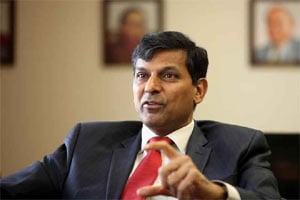Reserves are at a record high of $355 billion, the CAD is a mere 0.2% of GDP and consumer inflation is sub 4%, as Raghuram Rajan completes two years as governor of Reserve Bank of India (RBI), reports Aparna Iyer in Mumbai.
Although the turmoil in the Chinese economy has rocked markets worldwide, capital is not fleeing the country the way it did when taper talk first began in the summer of 2013. To be sure, money is moving out from equities but the bond markets have seen inflows.
Indeed, from being one of the Fragile Five, India today must be among the Favourite Five. A fair share of the credit for the strong macro fundamentals, must go to falling crude oil prices. But even before that it was the several measures taken by the central bank — the $32 billion worth of NRI deposits for example — that helped stabilise the currency. And although there are many who believe he may be behind the curve on lowering rates, he commands enormous respect.
“The governor has brought predictability and a lot of confidence in the central bank through his measures,” Abheek Barua, chief economist at HDFC Bank said. Rajan has not just initiated the right tactical measures whether in the money or currency markets, as and when needed, the governor has also worked to reform the banking system — for instance there is no forbearance now for restructured assets — and is making it easier fro banks to recover loans especially from errant promoters. He has not been afraid to speak out against borrowers that have been gamng the system calling some of them “freeloaders”.
By shifting the policy anchor to retail inflation from wholesale price index inflation, Rajan has made monetary policy more credible and effective; the RBI now is an inflation-targeting central bank. “His biggest achievement, and the most under-stated, has been to convince everyone to successfully navigate to a new monetary policy framework,” Shubhada Rao, chief economist at YES Bank, says.


